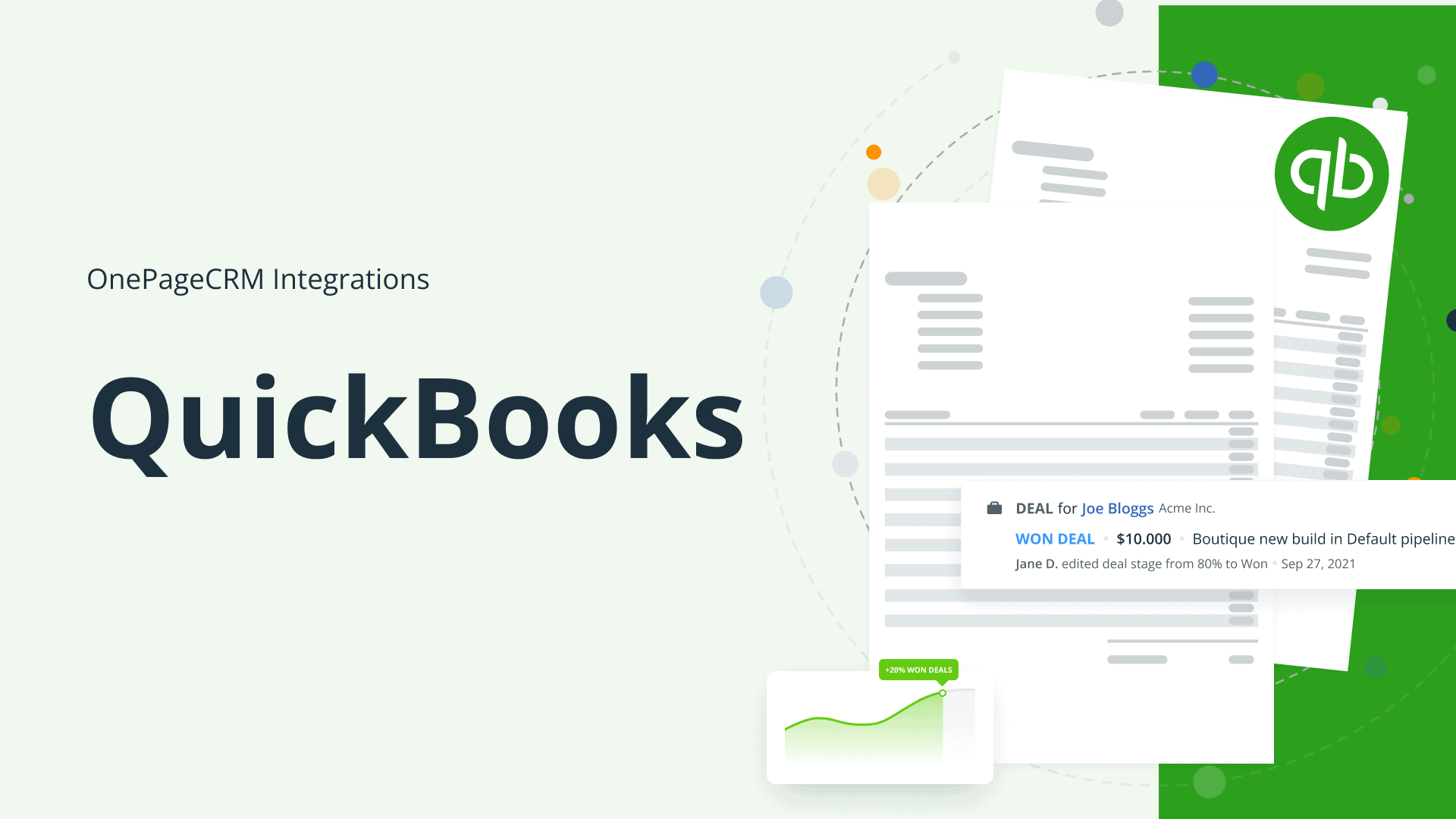Managing payroll is one of the most crucial and time-sensitive tasks for any business. From calculating wages to ensuring tax compliance, payroll can quickly become a complex and overwhelming process. Enter QuickBooks 2025—a game-changing solution that simplifies payroll management for small and medium-sized businesses. Whether you’re new to QuickBooks or an experienced user, this guide will show you how to leverage the power of QuickBooks 2025 to streamline and optimize your payroll processes.
In this article, we’ll explore how QuickBooks 2025 helps you save time, reduce errors, and stay compliant with tax regulations, all while making payroll management an efficient, stress-free part of your business operations.
Why QuickBooks 2025 for Payroll?
QuickBooks has been a trusted name in accounting software for years, and the 2025 version takes payroll management to the next level with new automation features, AI-driven tools, and enhanced user-friendly interfaces. Whether you’re managing payroll for a small team or a larger workforce, QuickBooks 2025 ensures that you can pay your employees accurately and on time, every time.
Key Benefits:
- Automated tax calculations and filings
- Seamless integration with your accounting and time-tracking data
- Compliance with federal and state laws
- Simplified reporting and record-keeping for tax purposes
Let’s break down the steps for using QuickBooks 2025 to efficiently manage payroll.
Step 1: Set Up Your Payroll System
The first step in using QuickBooks 2025 for payroll management is setting up your payroll system correctly. This initial setup ensures that all subsequent payroll processes are accurate and compliant.
- Enter Employee Information
- Start by entering basic employee details, such as name, address, Social Security number, and tax information (W-4, I-9).
- QuickBooks 2025 allows you to set up different employee types (full-time, part-time, contractor, etc.) and define pay rates, pay schedules (weekly, bi-weekly, monthly), and payment methods (direct deposit, paper checks).
- Configure Payroll Settings
- Set up your payroll tax preferences based on your location (federal, state, and local taxes).
- Choose whether you want to pay employees via direct deposit or printed checks. QuickBooks 2025 supports both options and simplifies the process for each.
- Configure additional deductions (health insurance, retirement, etc.) and set up employee benefits.
- Define Your Payroll Frequency
- QuickBooks lets you specify how often you pay your employees, whether it’s weekly, bi-weekly, or monthly. This is important because QuickBooks uses this data to calculate wages and taxes correctly.
Why it matters:
- Accurate employee data setup reduces errors in payroll processing.
- Custom payroll settings ensure that each employee is paid according to their contract.
Step 2: Automate Payroll Calculations
One of the most significant improvements in QuickBooks 2025 is its ability to automatically calculate wages, taxes, and deductions. By automating these tasks, QuickBooks helps you eliminate the stress of manual calculations and ensures accuracy.
- Automated Tax Calculations
- QuickBooks 2025 automatically calculates federal, state, and local taxes, including income tax, Social Security, and Medicare. It even considers filing status and exemptions from the W-4 to determine the correct tax withholdings.
- The software also tracks any tax credits or deductions, ensuring your business remains compliant with tax laws.
- Time Tracking Integration
- If your employees track their time using a tool like QuickBooks Time (formerly TSheets), you can directly import those hours into QuickBooks 2025. This eliminates the need for manual entry, reduces errors, and speeds up payroll processing.
- For hourly employees, QuickBooks will automatically calculate total wages based on logged hours, including overtime pay, if applicable.
- Automatic Deductions
- QuickBooks 2025 can also automatically deduct employee benefits, such as health insurance, 401(k) contributions, and other benefit programs. These deductions are calculated and subtracted from each employee’s paycheck based on your previous setup.
Why it matters:
- Accuracy: Automating calculations reduces the risk of human error.
- Efficiency: Save time and resources by letting QuickBooks handle the math.
- Tax Compliance: Ensure your business is always up to date with the latest tax rates and regulations.
Step 3: Process Payroll with a Few Clicks
Once all the necessary information is set up, processing payroll with QuickBooks 2025 becomes a simple task. Instead of manually processing each payroll item, QuickBooks allows you to run payroll with just a few clicks.
- Review Payroll Data
- Before processing, QuickBooks 2025 provides a payroll preview, allowing you to review employee hours, wages, taxes, and deductions. This step ensures everything is correct before you click “Process Payroll.”
- You can also review any bonuses or commissions and make adjustments if needed.
- Run Payroll
- Once you’re satisfied with the preview, simply click “Run Payroll” to initiate the payment process. QuickBooks will calculate the necessary tax deductions and apply them automatically.
- For direct deposit payments, QuickBooks will initiate transfers to your employees’ bank accounts. For paper checks, you can print them directly from the software.
- Generate Payroll Records
- After processing, QuickBooks generates payroll records and reports. You can easily download or print pay stubs and provide employees with copies.
Why it matters:
- Simplicity: Run payroll in minutes with minimal input required.
- Efficiency: Direct deposit and automated record-keeping streamline the entire process.
- Accountability: Always have clear records for tax filing and employee inquiries.
Step 4: Ensure Compliance with Taxes and Benefits
Tax compliance is one of the most complex aspects of payroll management, but QuickBooks 2025 takes care of it for you. From calculating taxes correctly to filing them on time, the software ensures you meet all your legal obligations.
- Automatic Tax Filing
- QuickBooks 2025 automatically calculates and files federal and state payroll taxes on your behalf. It generates the necessary forms (such as Form 941 for quarterly tax filings) and submits them directly to the appropriate tax authorities.
- QuickBooks will also generate year-end forms such as W-2s and 1099s for contractors, making year-end tax filing seamless.
- Stay Updated on Tax Laws
- With QuickBooks 2025, you don’t need to worry about keeping up with changing tax laws. The software updates automatically to reflect any changes in tax rates or payroll regulations, so you’re always compliant.
- Track Benefits and Deductions
- QuickBooks 2025 tracks all employee benefits (such as health insurance or retirement contributions) and deducts the appropriate amounts from each paycheck. It also ensures that benefits are correctly reported to the IRS at the end of the year.
Why it matters:
- Stress-free tax filing with automatic tax calculations and submissions.
- Compliance assurance by staying up-to-date with tax laws.
- Easy reporting for employee benefits and deductions.
Step 5: Run Reports and Analyze Payroll Data
After processing payroll, QuickBooks 2025 offers robust reporting tools to help you analyze your payroll data and manage your finances more effectively.
- Payroll Reports
- QuickBooks 2025 offers a variety of payroll reports, including Pay Summary, Tax Liability, Payroll Expenses, and more. These reports can help you keep track of payroll expenses and understand your business’s financial health.
- You can filter reports by date range, employee, or department, giving you flexibility in your analysis.
- Audit Trail
- QuickBooks 2025 maintains an audit trail, allowing you to track any changes made to payroll data, ensuring accuracy and transparency.
- Year-End Tax Forms
- Generate W-2 and 1099 forms at the end of the year to ensure employees and contractors receive the correct tax documents for filing.
Why it matters:
- Comprehensive payroll insights with detailed reports.
- Track payroll trends and spot areas for improvement.
- Keep everything organized and transparent for tax audits.
Conclusion: Streamline Your Payroll with QuickBooks 2025
Managing payroll doesn’t have to be complicated or stressful. With QuickBooks 2025, you can automate key payroll processes, ensure tax compliance, and streamline your workflows—all while saving time and reducing errors. Whether you’re a small business owner or handling payroll for a growing team, QuickBooks 2025 has everything you need to make payroll easier, faster, and more accurate.

